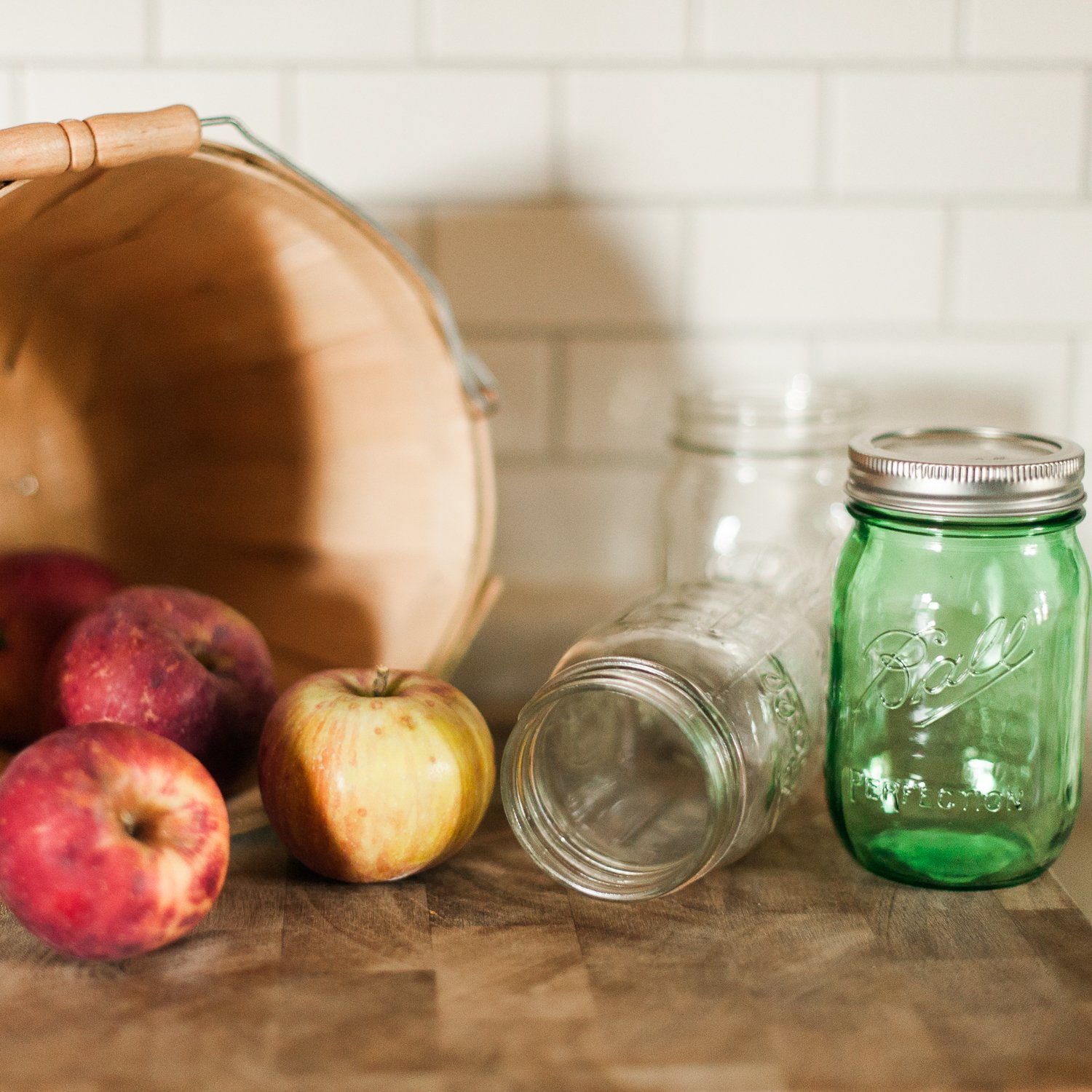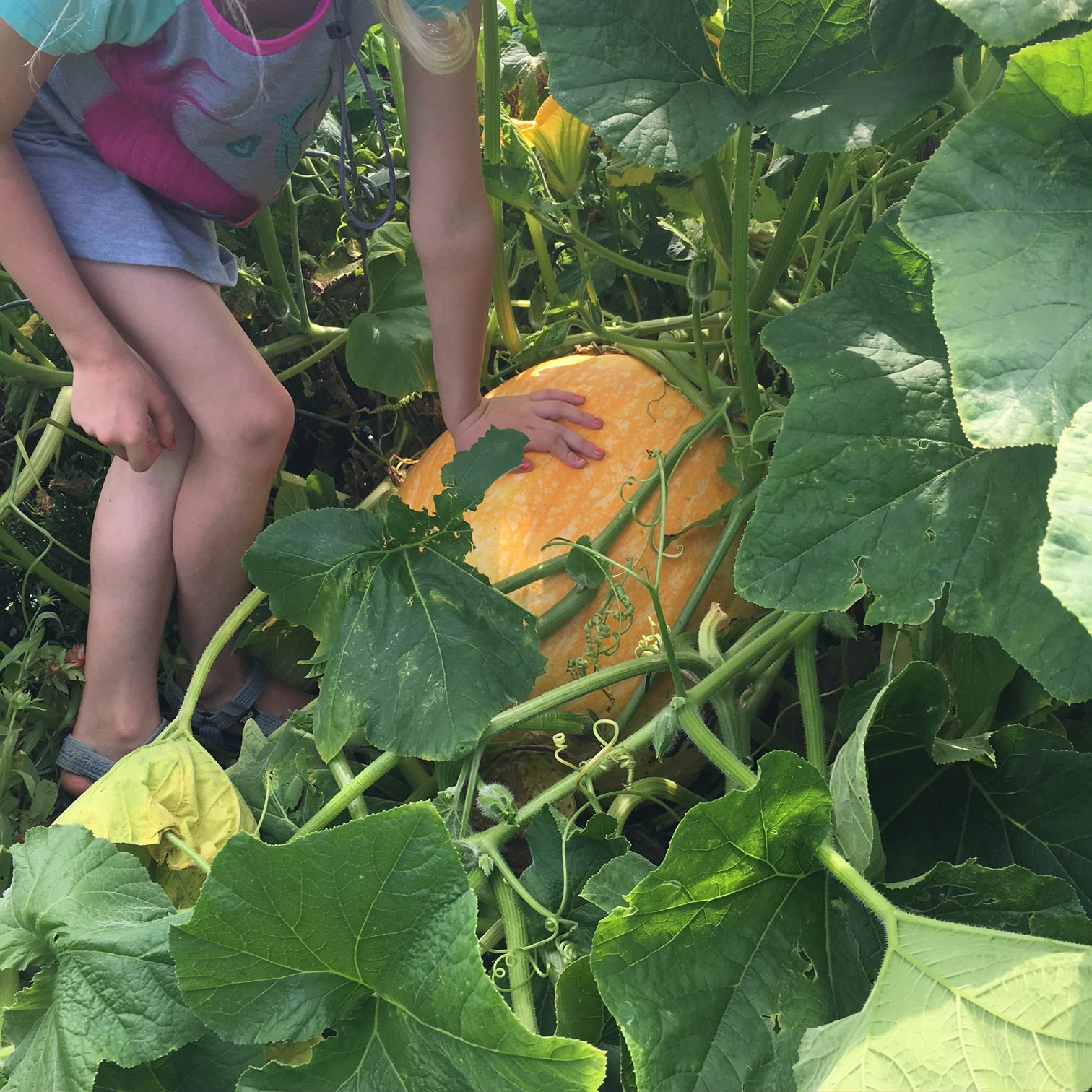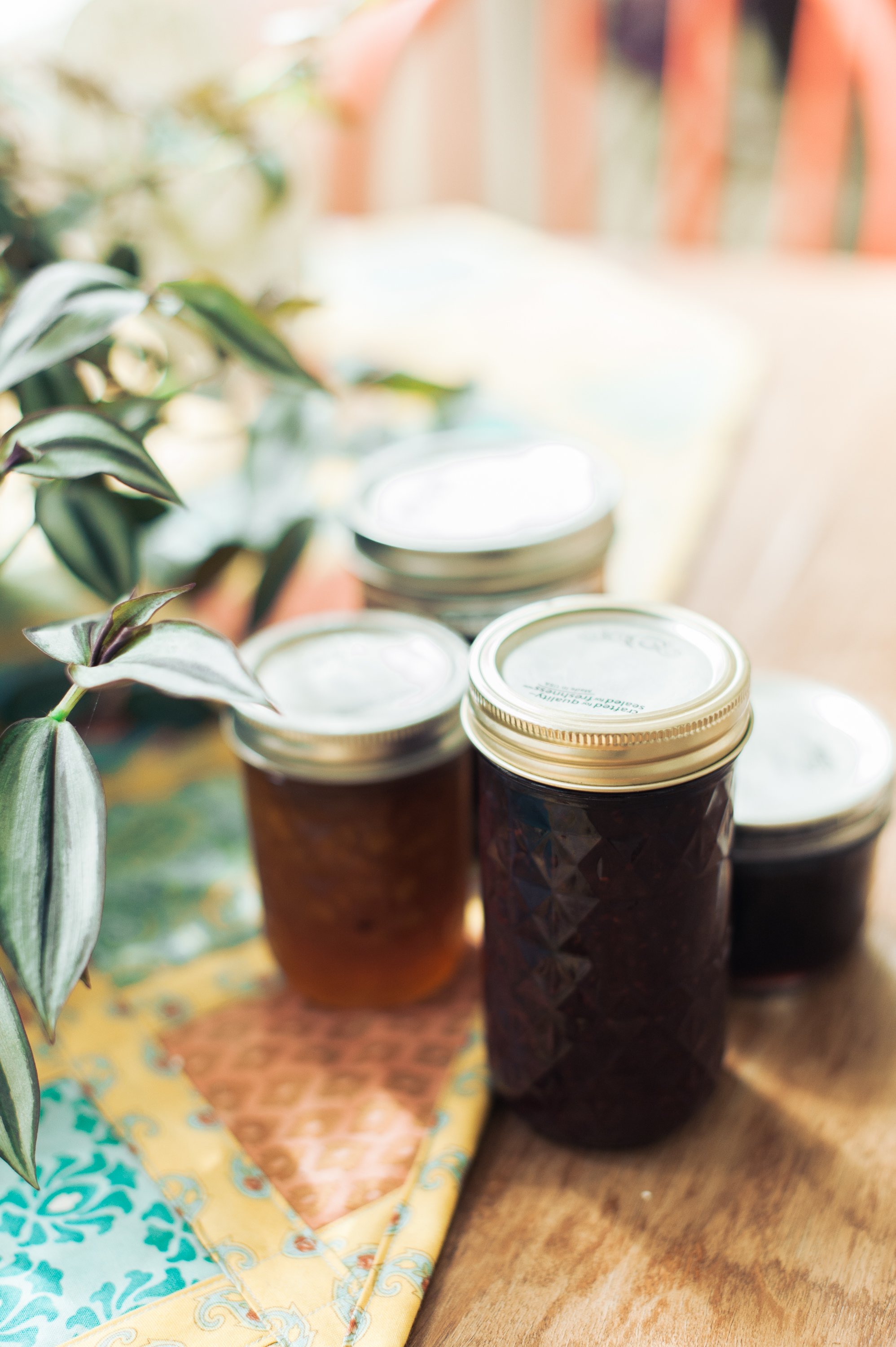Farm and Garden Harvest With Vonda and Ken Schulte + Create Your Own Canning Tote
Harvest is when farmers and gardeners alike enjoy the results of their labor. We checked in with our dynamic gardening/farming duo Ken and Vonda Schulte from Geddes to find out how their crops and garden produce fared. They also talked about harvest plans and Vonda shared a tip on how to make preserving garden-fresh produce a snap.
Q: What was the growing season like on your farm?
Vonda: This year, things started off slow. After planting, it didn’t rain for a long time. The ground was hard and most of the seeds didn’t germinate. I had to replant. We had rain in August, so the weeds popped up. My garden looks like a jungle right now. Every year is different. It can be frustrating, but I try to learn from it and do something different next year. Mother Nature is always in control.
Ken: It was very hot and dry in June and July, which slowed corn pollination and kernel growth. When rains came in August, it helped our soybean plants form and fill pods, so they look good now. Overall crop growth is behind so we’ll start harvest a little later than usual.
Q: What types of pests did you experience and how did you manage them?
Vonda: Squash beetles. They’re nasty. They burrow into the plant, kill it and move to the next variety. I don’t like to use pesticides unless necessary, so next year I’ll plant my squash in a raised bed with different soil. That should keep them from coming back.
Ken: Kochia (weed) was a big problem in our fields. We sprayed pesticides, but the dry weather means they didn’t work well. Grasshoppers were also an issue, but I just sprayed the border around the affected fields with some insecticide. My sprayer is equipped with technology that keeps me from overlapping pesticide applications. I only like to spray when necessary so the technology helps a lot.
Q: When do you harvest crops and how long will it take? Does anyone help you?
Vonda: I plant and harvest fruits and vegetables all the time. Lettuce, radishes and spinach like cool temperatures and only take six weeks to grow. I pick those in May, then plant a second round in September. Next up are potatoes, string beans and broccoli in the middle of the summer. Then it’s peppers, tomatoes and celery in early fall. Brussels sprouts and sweet potatoes are last. They like a freeze; it makes them sugary. Onions, herbs, beets and carrots can be harvested throughout the season.
I harvest everything myself, but our daughters and grandchildren love to pick and eat foods right out of the garden, so I guess they help too.
Ken: My brother-in-law and neighbor help me. Typically, harvest begins during the first week in October. If the weather cooperates and we don’t have to repair any equipment, we finish in 30 days.
Q: How do you prep your garden and fields for winter?
Vonda: I clean it up by pulling all the plants out. Then I amend or improve the soil and cover with peat moss and leaves. In the spring, it’s ready for me to dig in. I don’t till up the soil; tilling just makes weeds.
Ken: After combining, we apply herbicides to control weeds. We don’t till our soil, which helps manage erosion and protect it during the winter. Then we clean up the equipment, park it in storage and go hunting. That’s our incentive for being safe and efficient in the field.
Q: Do you have any tips for preserving all that fresh produce?
Vonda: Keeping it simple is the key. People make canning a big deal and try to pack too much into a day or weekend. I keep a small tote of canning supplies ready to go in the kitchen and just pull it out throughout the summer when I have time. You’ll be surprised how quickly a little bit adds up.
Canning Tote Supplies
Jars, cleaned in dishwasher
Canning lids
Canning funnel
Magnetic lid lifter
Jar lifter
Tote
Ready to try your hand at canning? Here’s how to make Vonda’s raspberry jam.





